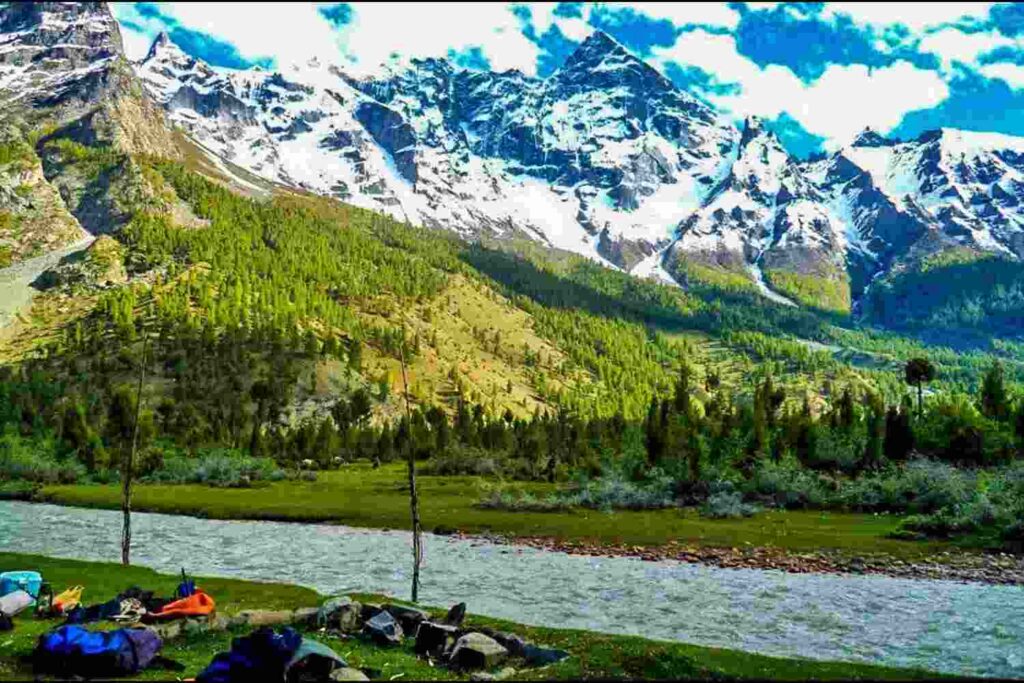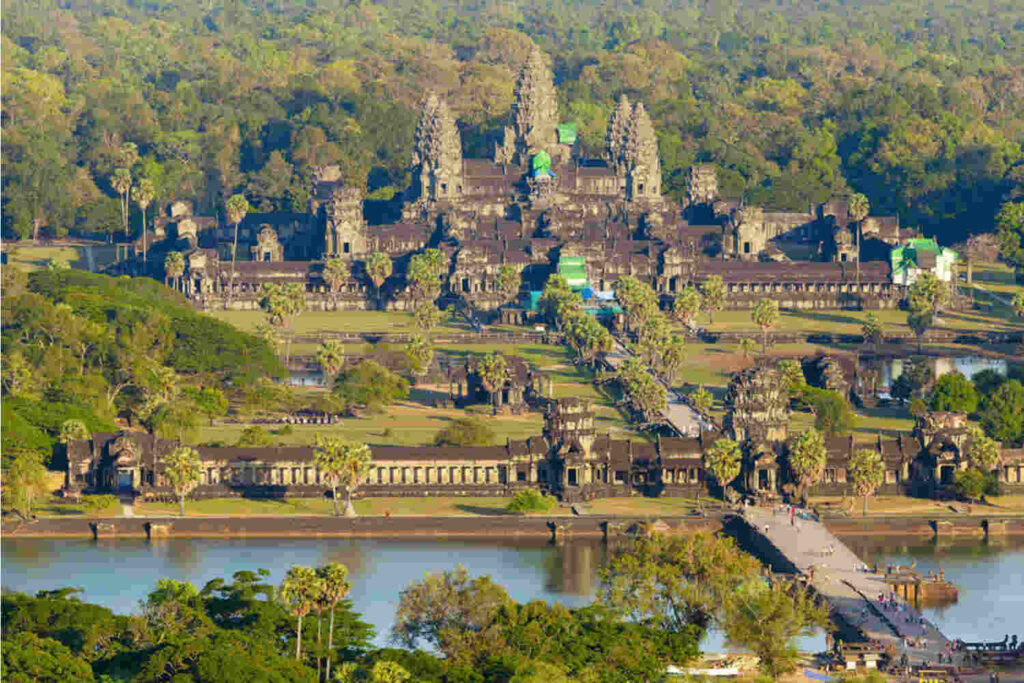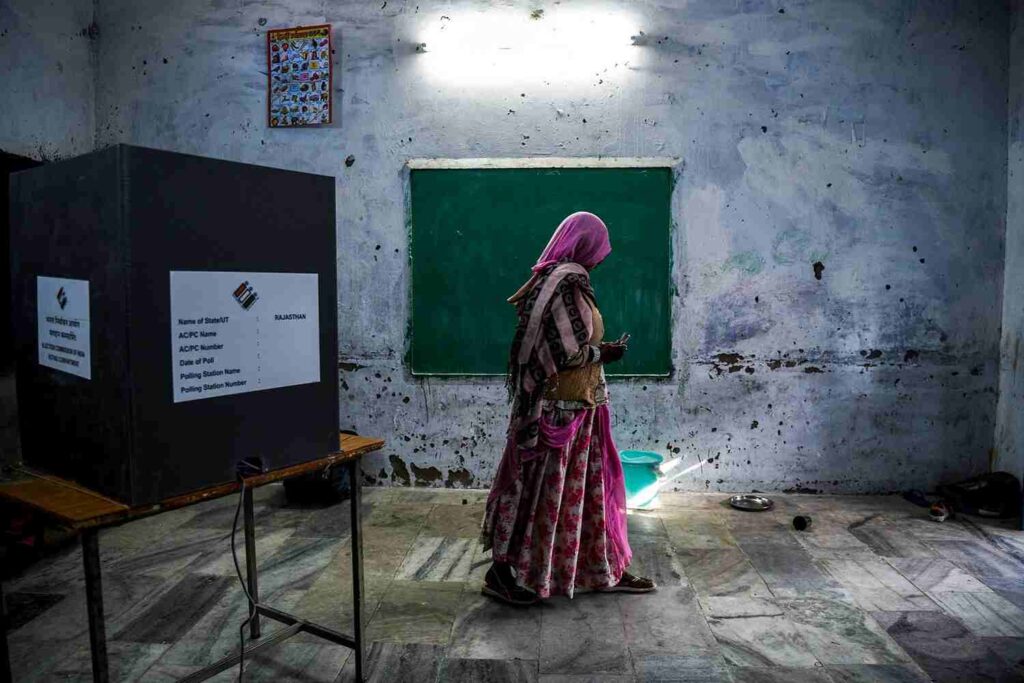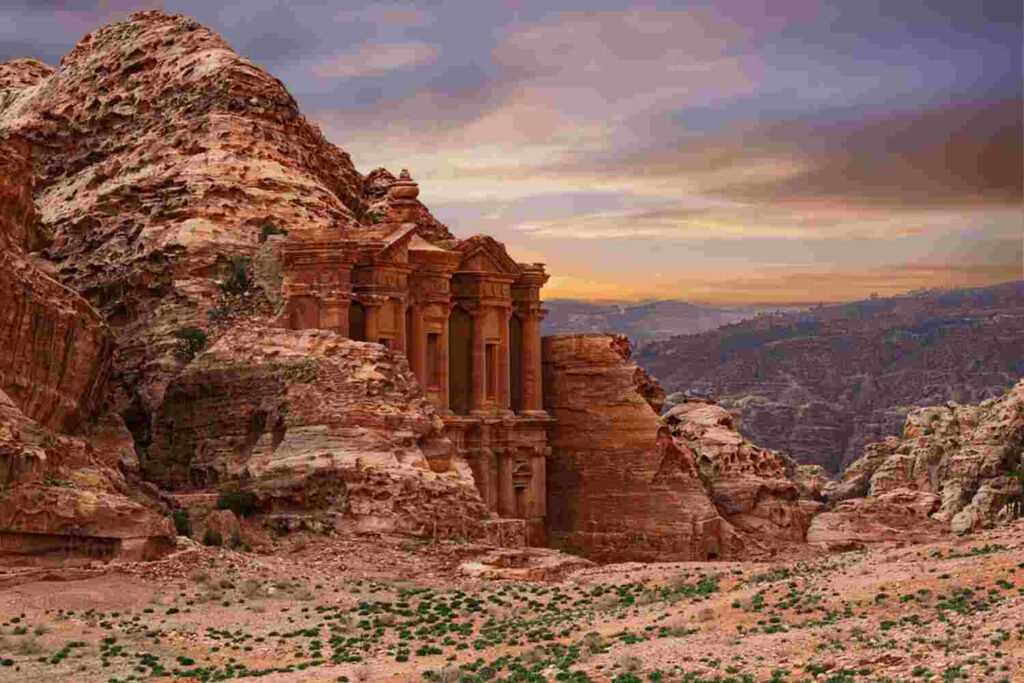Angkor Wat, The World’s Largest Religious Monument
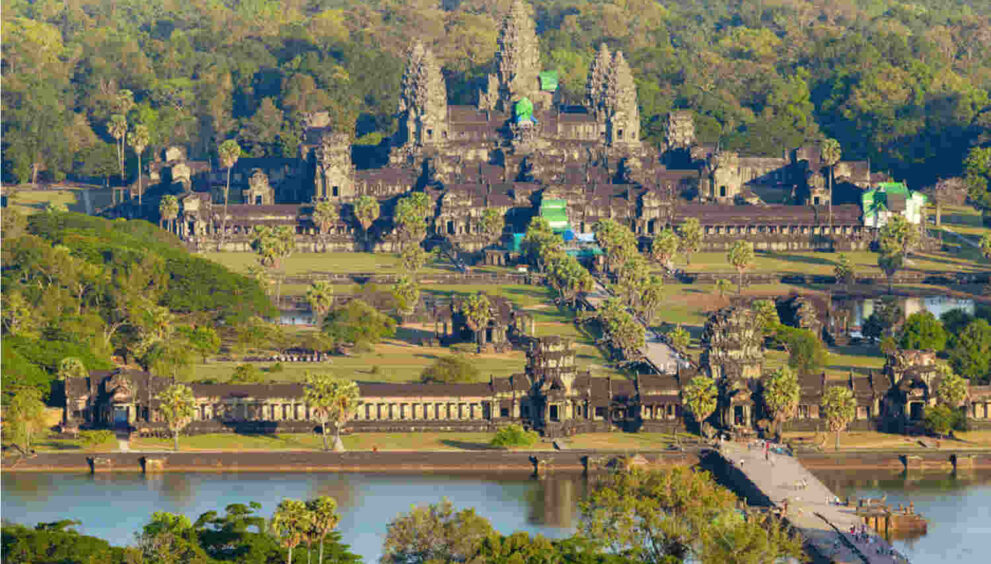
Angkor Wat is one of the most famous and impressive monuments in the world. It is a temple complex located in Siem Reap, Cambodia, that was built by the Khmer Empire in the 12th century. Angkor Wat is a UNESCO World Heritage Site and a symbol of Cambodian culture and identity.
History of Angkor Wat
Angkor Wat was originally constructed as a Hindu temple dedicated to Vishnu, the supreme god of the Hindu pantheon. It was part of the capital city of Angkor, which was the center of the Khmer Empire from the 9th to the 15th centuries. The Khmer Empire was one of the most powerful and prosperous civilizations in Southeast Asia, and it influenced the culture, art, architecture, religion, and politics of the region.
The construction
The construction of Angkor Wat began in the early 12th century under the reign of King Suryavarman II, who wanted to create a grand monument that would showcase his power and devotion to Vishnu. The temple took about 30 years to complete, and it covers an area of about 200 hectares. It is surrounded by a moat and an outer wall that enclose a rectangular layout of galleries, towers, courtyards, and ponds. The main tower, or central sanctuary, rises to a height of 65 meters and is shaped like a lotus bud. The temple is oriented towards the west, which is unusual for Hindu temples, and it is aligned with the equinoxes and solstices.
- Cultural Heritage at Risk: Rapid Diminishing of World’s Built Heritage
- Palestine Cities: A Window into a Rich Cultural Heritage
Angkor Wat was not only a religious site, but also a royal mausoleum and a cosmic map. The temple represents the Hindu cosmology, with the central tower symbolizing Mount Meru, the mythical abode of the gods; the moat representing the ocean; and the outer wall representing the mountains. The temple also contains numerous bas-reliefs and sculptures that depict scenes from Hindu mythology, history, and daily life. Some of the most famous reliefs are the Churning of the Ocean of Milk, which shows the gods and demons cooperating to produce the elixir of immortality; the Battle of Kurukshetra, which narrates the epic war from the Mahabharata; and the Gallery of a Thousand Buddhas, which illustrates the transition from Hinduism to Buddhism in Cambodia.
Angkor Wat remained a Hindu temple until the late 13th century, when it was converted into a Buddhist shrine by King Jayavarman VII, who also built many other temples in Angkor. Buddhism became the dominant religion in Cambodia until today, and Angkor Wat is still an active place of worship for Buddhists. The temple has undergone several restorations and modifications over time, especially during the French colonial period and after the Khmer Rouge regime. Today, Angkor Wat is one of the most visited tourist attractions in Cambodia and attracts millions of visitors every year.
How to Visit Angkor Wat
Angkor Wat is located about 6 kilometers north of Siem Reap, which is the nearest city and airport. To visit Angkor Wat, you need to buy an entrance ticket that grants you access to all the temples in Angkor Archaeological Park. The ticket prices vary depending on the duration and type of your visit. You can choose between a one-day ticket ($37), a three-day ticket ($62), or a seven-day ticket ($72). You can also opt for a sunrise or sunset visit ($15 extra), which allows you to witness the spectacular colors and shadows of Angkor Wat at dawn or dusk.
There are several ways to get around Angkor Archaeological Park. You can hire a tuk-tuk (a motorized rickshaw) or a car with a driver for a day or more. You can also rent a bicycle or an electric bike and explore at your own pace. Alternatively, you can join a guided tour that will take you to the main temples and provide you with information and insights about their history and significance.
Angkor Wat is open daily from 5:00 am to 6:00 pm. The best time to visit is during the dry season (November to March), when the weather is cooler and less humid. However, this is also the peak season for tourism, so expect large crowds and higher prices. If you want to avoid the crowds, you can visit during the rainy season (May to October), when there are fewer visitors and more greenery. However, be prepared for heavy rains and muddy roads.
Angkor Wat is more than just a temple;
Angkor Wat is more than just a temple; it is a masterpiece of art, architecture, and engineering that reflects the glory and decline of an ancient civilization. It is also a living testimony of Cambodian culture and spirituality that continues to inspire and awe people from all over the world. Angkor Wat is a must-see destination for anyone who loves history, culture, and beauty.

 English
English 




